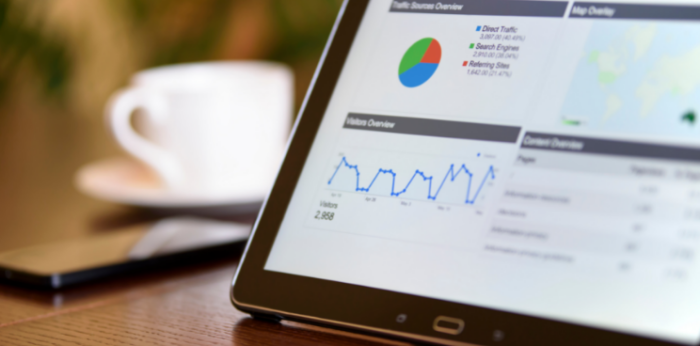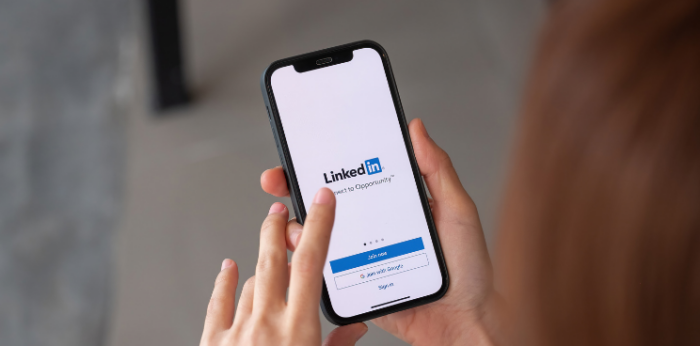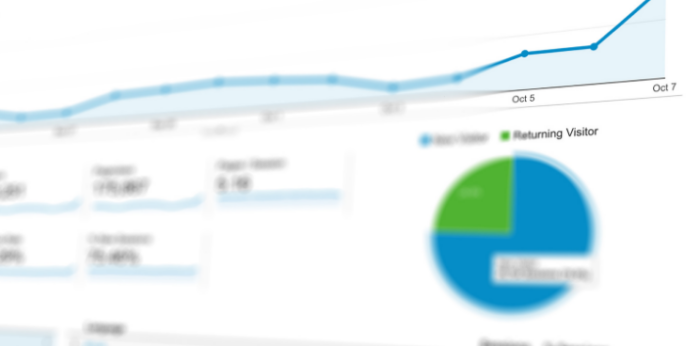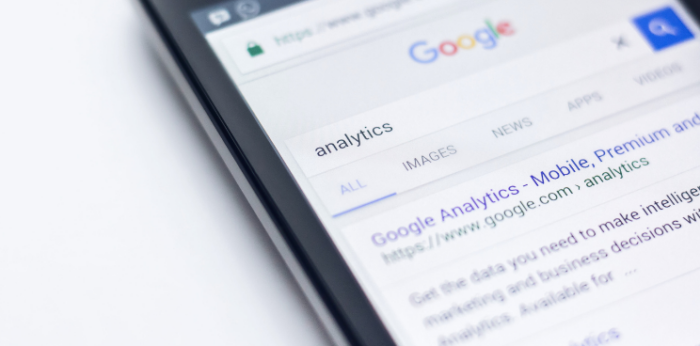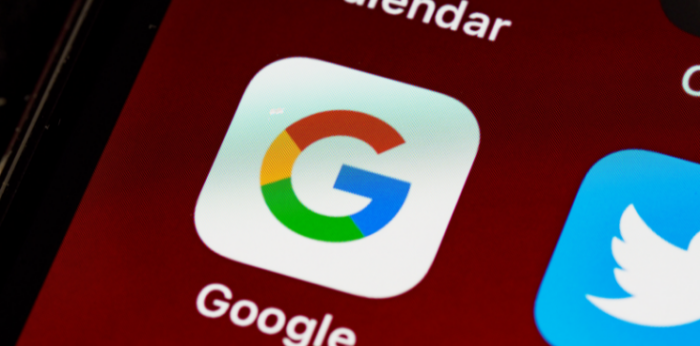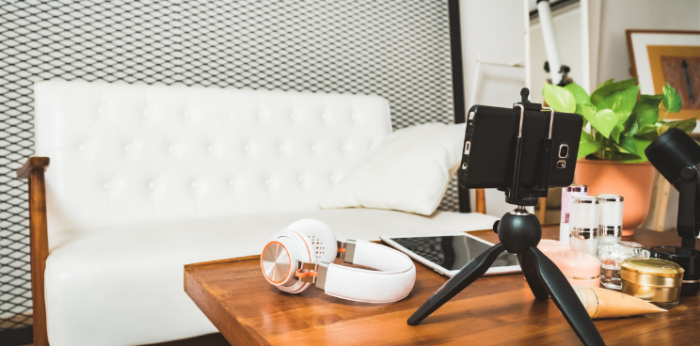Changes in Linkedin algorithm
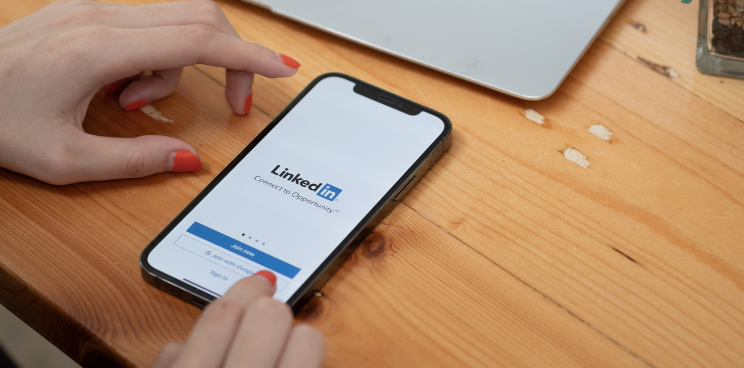
The growing interest in Linkedin has motivated people to create content on the platform and grow their audience.
The quality of the content is important for any social network – it determines how long people spend time on the platform.
While other social networks have typically grown with the help of well-known trendsetters and celebrities, Linkedin has taken a different direction.
In addition to big personal brands, they also want to highlight the so-called “smaller accounts” that have something valuable to share with their followers.
With this in mind, Linkedin has recently made changes to its algorithm that emphasize the well-being of active Linkedin users with a small audience.
How does it affect you as a personal brand?
As a person who shares your thoughts on LinkedIn, you definitely have a goal for why you do it.
For some, this is to promote a recruitment culture, for others to establish an opinion leader position, and for others to create new business relationships.
There are various reasons, but you still need to be aware of the environment in which you want to achieve these goals.
Organic content reach is in a declining trend
The ageing cycle of each platform tends to recur.
The more people use the platform, the more difficult it becomes for personal brands to emerge organically with content creation. It’s because the algorithm is constantly changing.
In other words, if your previous primitive text post may have spread to a very wide audience 2 years ago, today it may not be enough. You have to put in extra effort to reach the same audience.
For best results, you’ll need to work harder to create posts with more engaging visuals. That’s what keeps people on Linkedin. The more people spend time on Linkedin the more reach you get.
Posts will appear in the feed for an extended period of time
Indeed, the algorithm will initially show posts to a larger number of people, but more and more posts will be shown later in its “maturity” phase.
Keep an eye on the posts you see in your feed. How many of these posts have been posted at the last minute? How many of them a few days or even a few weeks ago?
Personal experience on LinkedIn shows that in the last two months, the algorithm has started to show old posts more often to people.
This is characterized by the knowledge that someone will not respond or comment on your post until one week after it is posted.

The algorithm increasingly prefers photo and video posts
Normal text posting is stalling. Gone are the days when you could count active opinion leaders on LinkedIn at the fingertips of one hand. In order to stand out and draw attention to your content posts, you need to invest more in photo and video posts.
The time spent by followers on the post is becoming increasingly important
The quality of a post is increasingly determined by the time spent on or interacting with the post. In order for your post to reach more people, you need to get people interested.
Comments have a huge effect
The impact of the comments is great, but only for those who add value to the discussion – “success in the new job” comments do not add value. It’s nice to have someone with you, but Linkedin’s goal here is to create value by highlighting unique values.
Reactions move the needle
Responses to posts continue to be influential, but not as influential as comments. It’s easy for your followers to click “like”. Writing a meaningful comment is not that easy.
The winners are characterized by consistency
Consistency matters. The more consistently you post and interact with your followers, the better. Initially post 3x a week. As you become more proficient, post more often. It is important to maintain the quality of the content posts you create here.
Small profiles are at the forefront
As with any social media platform, Linkedin has a psychological focus on keeping you on the platform for longer. As a result, posts from profiles with low traceability will be promoted in the feed.
The more your content is seen, the more likely you are to use the platform on a daily basis. Eating appetite increases, as they say.
Organic reach is being limited
Sharing email addresses, phone numbers, and links in posts continue to limit the organic reach. This is done to keep people on LinkedIn longer.
Personal experience shows that by adding an external link to a blog post as the first comment, such as a blog post, the organic reach of those posts has been significantly lower.
Linkedin Newsletter
The Linkedin Newsletter allows you to send newsletters to your followers. What does this mean for you? Linkedin sends the newsletter both on the Linkedin platform and to people’s email addresses. This means that your reach will become larger and more influential as you use the Linkedin Newsletter.
You can get a better overview of the functionality here. Currently, the use of the Linkedin Newsletter is preferred by Linkedin and will reach a larger number of people.
Linkedin Live
As of November 2021, Linkedin has been offering the “Live” format for posting. It requires the use of special technology and software. Its use is not as easy as using Facebook Live, for example. Although it is still a difficult process today, we still see great potential in this feature.
You can learn more about Linkedin Live functionality here.
Conclusion
Knowing how the Linkedin algorithm works and the future direction of the platform will help you plan your marketing activities better in advance.
The main focus of the Linkedin algorithm has remained the same as last year – to highlight more people’s stories and opinions than the Linkedin pages of companies and their official press releases.

